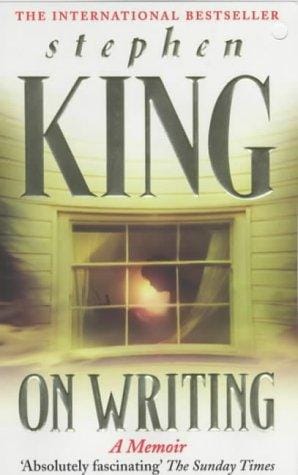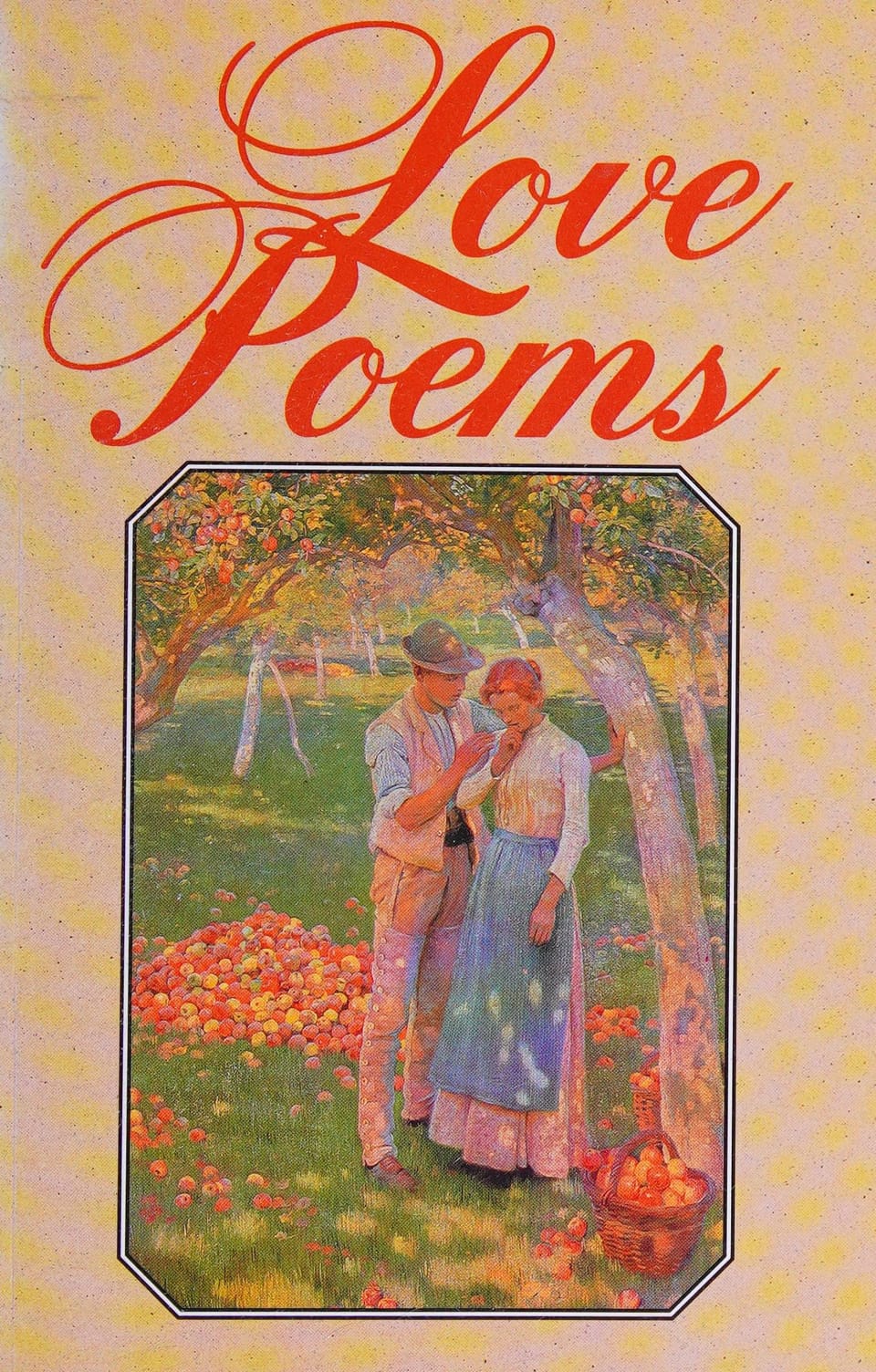On Writing: Master the Craft Through Habit and Clarity
Actionable advice and mindset shifts to help writers at any level build habits, craft clear sentences, and overcome blocks.

Introduction
Writing is everywhere, from the instructions printed on your morning cereal box to the sweeping epics that keep you reading late into the night. Yet the process of putting words on a page can still feel mysterious. What separates a forgettable sentence from one that sings? How does an idea become a finished story, article, or blog post? This guide distills proven principles from acclaimed authors and writing teachers into practical, actionable steps. Whether you are a novelist, content marketer, or student polishing essays, the following strategies will help you develop consistency, sharpen your prose, and rediscover the joy that first drew you to the blank page.
Why Writing Matters
Before discussing technique, it helps to remember why writing matters at all. Language is the operating system of human thought; when we improve our command of words, we upgrade every other skill we possess. Clear writing clarifies thinking, creating a virtuous cycle that benefits academic research, business proposals, and personal relationships alike. By turning vague notions into precise sentences, you expose gaps in logic and discover new insights hiding inside the mess of unspoken assumptions.
Writing also builds bridges. A blog post can reach readers on the other side of the planet within seconds, turning solitary reflection into community dialogue. Stories cultivate empathy by allowing people to inhabit perspectives they might never meet in daily life. In a world often divided along cultural lines, the ability to convey experience with nuance is a quiet but powerful force for understanding. Recognizing this broader impact transforms writing from a chore into a service.
Building a Daily Habit
Talent is worthless without a routine. The most celebrated writers, from Stephen King to Haruki Murakami, swear by a predictable schedule that trains the subconscious to deliver ideas on cue. Start small: carve out fifteen uninterrupted minutes each morning or during your lunch break. Sit in the same chair, brew the same tea, and open the same document. These sensory cues signal your brain that it is time to create, much like warm-up stretches prepare muscles for a workout.
Track your streak on a calendar and focus on input rather than output. You cannot control inspiration, but you can control time spent typing. Some days you may produce a single crisp paragraph; other days you may spill two thousand words of raw material. Both outcomes are victories because momentum compounds. After a month of consistent sessions, you will have more pages to revise and, more importantly, the confidence that comes from honoring your commitment.
Crafting Clear Sentences
The psychologist Steven Pinker calls good prose a window onto the world. When the glass is clean, the reader forgets the existence of language and sees only the idea. To achieve this transparency, prefer concrete nouns, active verbs, and specific details. Replace utilize with use, endeavor with try. Short words are not simplistic; they are humane. Read your draft aloud and notice where your breath catches. That hitch often marks a sentence clogged with needless baggage.
Clarity does not mean boring. Experiment with rhythm. Vary sentence length to create music: a quick jab of five words followed by a winding thirty-word riff. Deploy metaphors that reveal, not obscure. Above all, respect the reader’s time. If a phrase fails to advance meaning or mood, cut it. Revision is where style emerges, chiseling away the marble to reveal the hidden statue.
Editing and Feedback
Set finished drafts aside for at least a day, then return with ruthless curiosity. Print the pages if possible; a new medium reveals old errors. Read once for flow, once for facts, and once for flair. After self-editing, invite feedback from trusted peers who understand your goals. Give them specific questions: Does the opening hook? Is the argument convincing? What lingers after the final line? Treat criticism as data, not a verdict on your worth. Accept what resonates, discard what does not, and always thank your reviewers.
Overcoming Writer's Block
Writer’s block is less a lack of ideas than a surplus of judgment. Silence the inner critic by separating drafting from editing. Set a timer for ten minutes and type without stopping, even if you write I don’t know what to say repeatedly. This freewriting warms the creative engine and bypasses the censors in your frontal lobe.
Changing context also helps. Take a walk, switch from laptop to notebook, or dictate thoughts into your phone while pacing. Novel stimuli jolt the brain into forming fresh associations. Remember, you are not a machine required to produce masterpiece after masterpiece; you are an explorer mapping uncharted territory. Permission to fail is permission to begin.
Conclusion
Writing is a craft, but it is also a practice—a daily return to attention, curiosity, and courage. By honoring the habit, refining the sentence, and welcoming feedback, you will inch closer to the stories you were meant to tell. The journey is long, yet every word laid down today becomes a stepping-stone toward mastery. So open the document, place your fingers on the keys, and begin.



